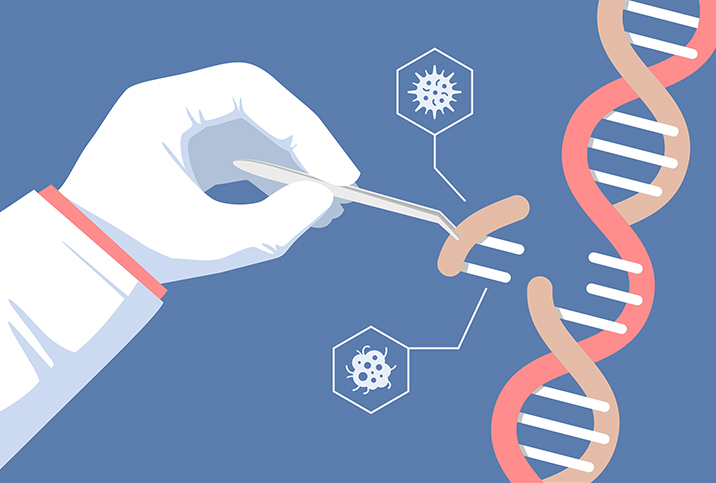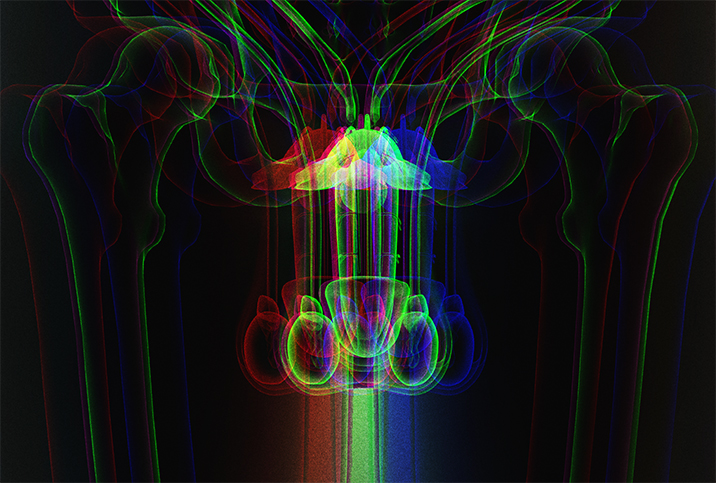New Genetic Markers Advance Testicular Cancer Risk Detection

Although testicular cancer is one of the most common cancers diagnosed in men ages 20 to 40—the average age at diagnosis is 33 and up to 10,000 men per year develop it—not much is known about the genetic scope of the disease and its early risk factors.
A new study led by a University of Pennsylvania consortium is potentially shedding light on the hereditary and genetic connections of the disease through the discovery of 22 new genetic locations within the testes that could signal a greater risk of testicular cancer onset. The number of loci known to be associated with this cancer is now at 78, a 40 percent increase from this single study. A locus is the physical location of a specific gene on a chromosome.
"Although we traditionally think that other cancer types can run in a family, testicular cancer is actually a higher [instance of that]," said Katherine L. Nathanson, M.D., professor of medicine and genetics at Penn's Perelman School of Medicine.
Plenty of data
The Nathanson-led team investigated the data of nearly 200,000 men—10,156 with testicular germ cell tumors and 179,683 without—to assess variations of these cancer-causing tumors, which account for 95 percent of testicular cancer cases. The study, co-led by Peter A. Kanetsky, Ph.D., MPH, of Moffitt Cancer Center in Tampa, was published in July 2021.
While that connection is still largely a mystery, these new discoveries could lead to better screening and earlier detection.
The researchers noted the 78 loci can account for 44 percent of the father-to-son familial risk for testicular cancer. They also concluded men with a polygenic risk score (a genetic factor test) in the 95th percentile have a 6.8-fold increased disease risk compared to men at the median score.
Greater detection and prevention
What does all of this mean for the future? It's big news for prevention and screening.
"[This could help] try to identify men with increased risk," Nathanson said. "Families could identify those members at higher risk."
These markers could also help Latino men, who have seen a significant increase in testicular cancer diagnoses over the past five years, according to Nathanson. While that connection is still largely a mystery, these new discoveries could lead to better screening and earlier detection. Knowing who to screen at a younger age would be a valuable weapon in the medical community's arsenal.
Testicular cancer is largely beatable, with a five-year relative survival rate of 95 percent. Discoveries like this can lead to even earlier detection, which, as the study authors pointed out, can save men from certain treatments, chemotherapy foremost among them.
The next phases of the study will look at rarer variations of testicular cancer, along with certain gene expressions, which may shed more light on the connection between genetics and this common cancer.


















